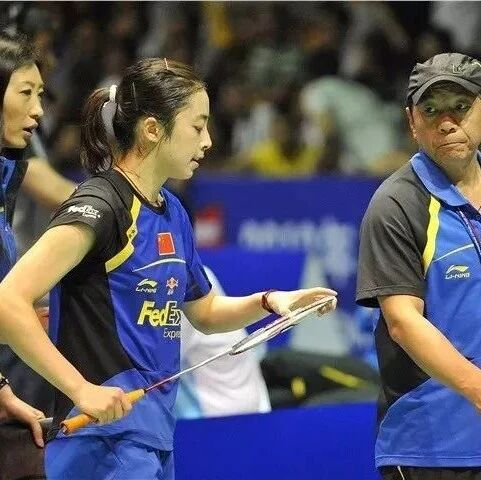The soul of amateur men's doubles badminton isn't the smash—it's this!
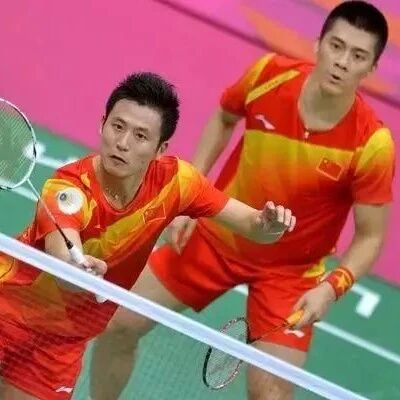
In the amateur badminton world, the most common event is undoubtedly doubles. On the men's doubles court, players clash with swift, precise movements and relentless shouts of determination—but truly exceptional doubles pairs often find that while powerful smashes are essential, they’re not the key factor determining victory or defeat. In fact, mastering doubles play comes down to mastering these core elements: strategic offensive positioning, solid defensive stances, seamlessly transitioning from defense to offense and vice versa, and skillfully rotating roles during the match. Men’s and women’s doubles techniques are largely similar, and we’ll now break them down one by one for you.
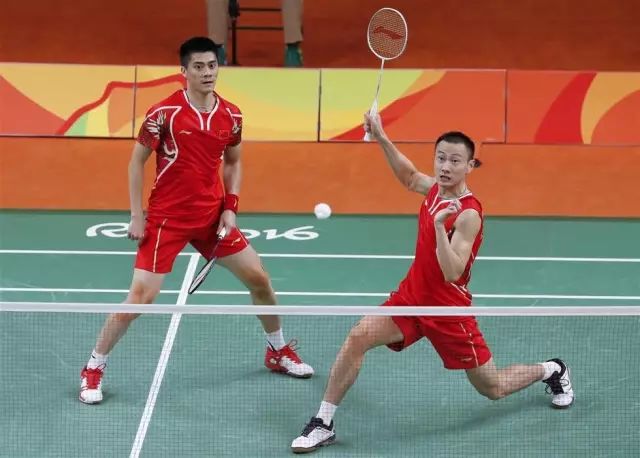
The offensive formation is a back-and-front setup, with the front players positioned near the center line—closer to their backcourt teammates rather than too close to the sidelines. Even if the shuttlecock reaches the sideline in your backcourt, remember that you’re responsible for covering the entire net area. Positioning too far toward the sideline could leave you unable to react effectively to shots on the opposite side. In such situations, focus primarily on blocking straight shots while also keeping an eye on cross-court options, relying mainly on quick, precise smashes, drops, and pushes—avoid attempting high clears unless absolutely necessary. Above all, maintain strong net coverage awareness: as soon as you spot your opponent lifting the shuttlecock, immediately move forward into position, ready to execute a decisive net defense. Meanwhile, the backcourt players should focus on aggressive downward shots, combining smashes with delicate drop shots, aiming to target the opponent’s weak points at the mid-court junction and any available open spaces.
The positioning at the station generally follows the "isosceles triangle rule," where connecting the positions of the attacking team's backcourt player with those of the two defending players forms an approximate isosceles triangle, allowing the two defenders to split their responsibilities left and right.
It’s easier to understand with an example: When we hit a high, long shot toward the left sideline of the opponent’s court, our player on the left side should position themselves near the left line to handle straight shots, focusing specifically on defending against straight smashes. Meanwhile, the player on the right side should stand slightly closer to the center line—positioned slightly ahead of their teammate—to cover the diagonal shots. In other words, defensive positioning isn’t about strictly dividing the court equally between left and right; instead, it’s about maintaining a balanced coverage of the court based on where the opponent is hitting the ball.
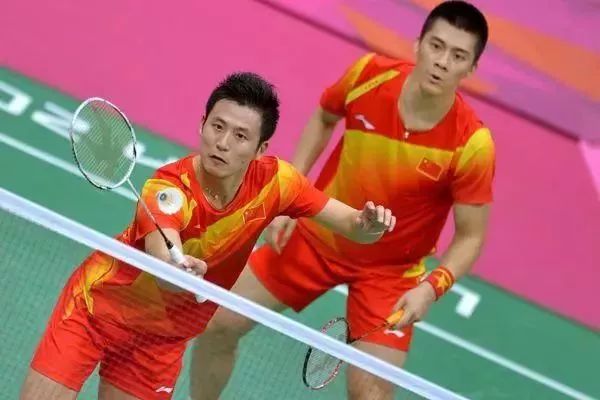
When the opposing team’s defense is strong, forcing our frontcourt players to lift the ball—whether it’s a straight or angled pass—players should immediately retreat in a straight line. The reasons are simple: you’ll have ample time to react since you’re the one making contact with the ball, and, most importantly, the straight-line distance is the shortest, allowing you to get back into position quickly. On the other hand, if your backcourt teammate returns a high ball, you should step back diagonally along the opponent’s attacking trajectory. Conversely, if your teammate sends a straight-line high ball, you should retreat diagonally; but if the ball is hit on an angled trajectory, you should move straight backward. Here’s why: by the time you notice your teammate has returned a high ball, it will already be sailing over your head, leaving you with insufficient reaction time. In such cases, it’s better to clear the opponent’s direct attacking path for your teammate, while you focus on defending their angled shots. Meanwhile, the backcourt player adjusts their positioning based on where the frontcourt teammate moves, seamlessly transitioning from offense to defense as needed.
When delivering high-quality returns during defense—such as blocking or counter-hitting—that force the opponent to lift or become passive, the nearby player should immediately capitalize by moving aggressively toward the net, while the other player smoothly retreats to complete the transition from defense to offense.
Rotation refers to the process where partners in an offensive position swap places, a common sight in men’s and women’s doubles. So, when is rotation necessary? Simply put, there are only two scenarios.
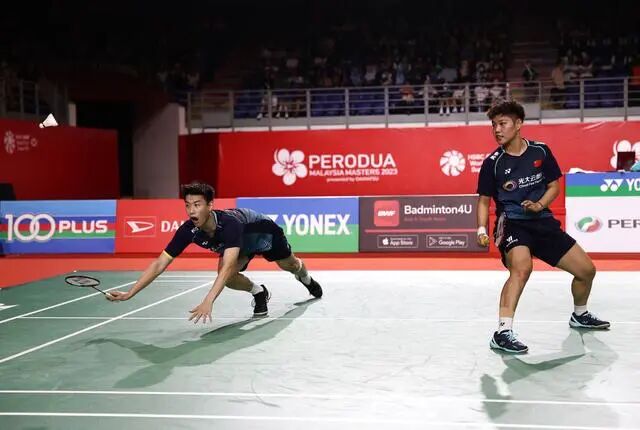
First, when players who are currently stronger in the front court but weaker in the back court are shifted to the back court—such as Cai Yun being moved to the back court in the Fengyun pairing—
Second, when the backcourt players experience significant physical exhaustion due to continuous attacks.
But how exactly should the rotation be carried out?
Typically initiated by the backcourt attacker, this play involves the backcourt player lightly dropping a straight shot toward the net while actively preparing to move forward. The follow-up is usually a forehand straight drop, with the front-court partner smoothly retreating afterward to complete the rotation.
There’s also a situation where, if the defending team fails to return the ball effectively—such as by hitting a weak lob that doesn’t land properly—the backcourt player on the attacking side can execute a "smash-and-net" or "mid-court block-and-approach" tactic, while their frontcourt partner smoothly retreats to complete the rotation. When rotating, two key points should be kept in mind:
FirstIt should be done at the right moment—when the timing is just right. If the opponent’s defense is strong and their returns are well-placed, leaving us in a passive position, then don’t force a rotation; instead, play a transitional shot and wait for a better opportunity to strike.
Second, Rotation requires chemistry between partners—chemistry is key.
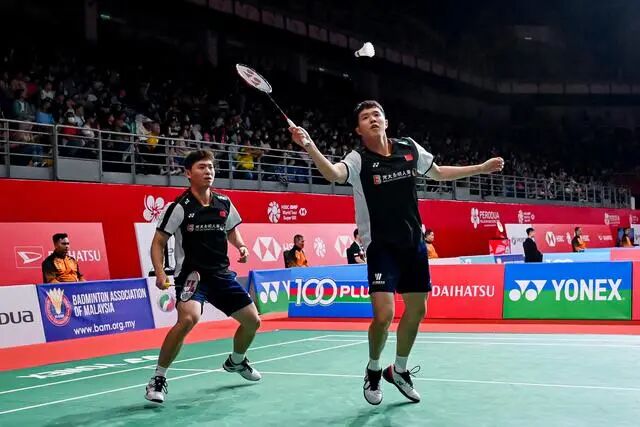
Many players have asked: "I want to master precise drop shots, make my opponents move around, and execute smooth rotations—but my technique isn’t good enough yet. What should I do?" First and foremost, the most practical and straightforward solution is simple, old-fashioned hard practice. Remember, if you want results, you’ve got to invest the time. And second, why not go shopping? After all, even in video games, there are always “RMB players”—why can’t we find them in badminton? A high-quality racket can be your secret weapon, helping your skills skyrocket instantly. With it, your drop shots will become sharper and more deceptive, while also allowing you to channel your power more efficiently during play.

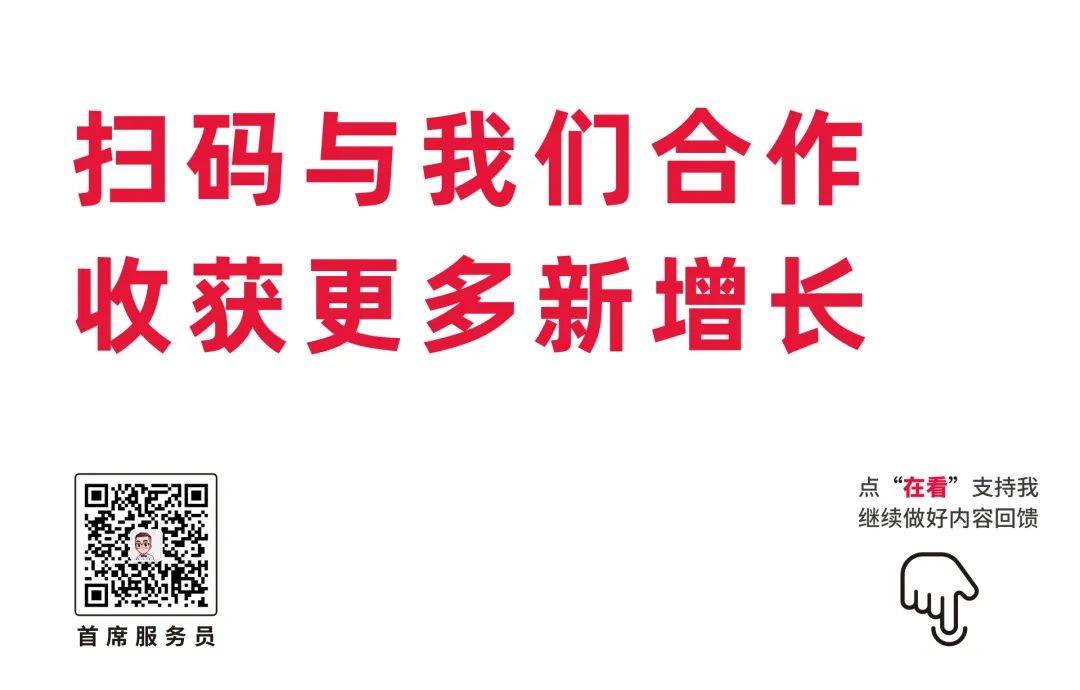
Related Articles
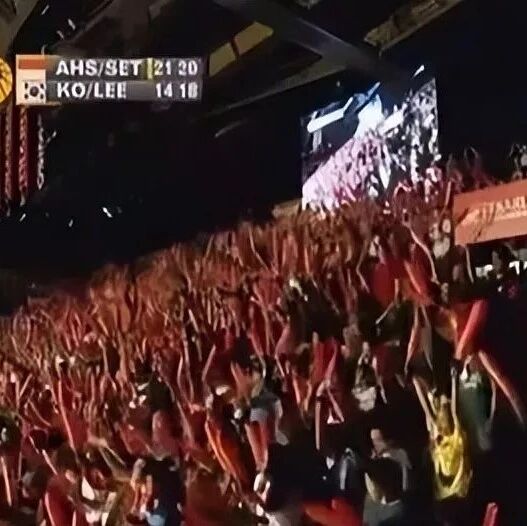
Among the world's six top badminton venues, Guangzhou, China, ranks only third—after all, the No. 1 spot can only belong to a "devilish" home court!
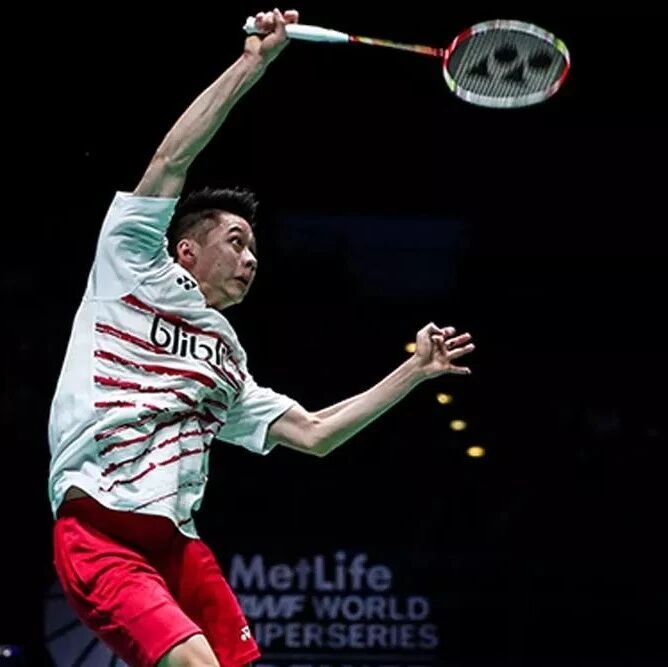
Can't seem to get your badminton backhand shots right? One crucial movement detail you can’t afford to overlook.
